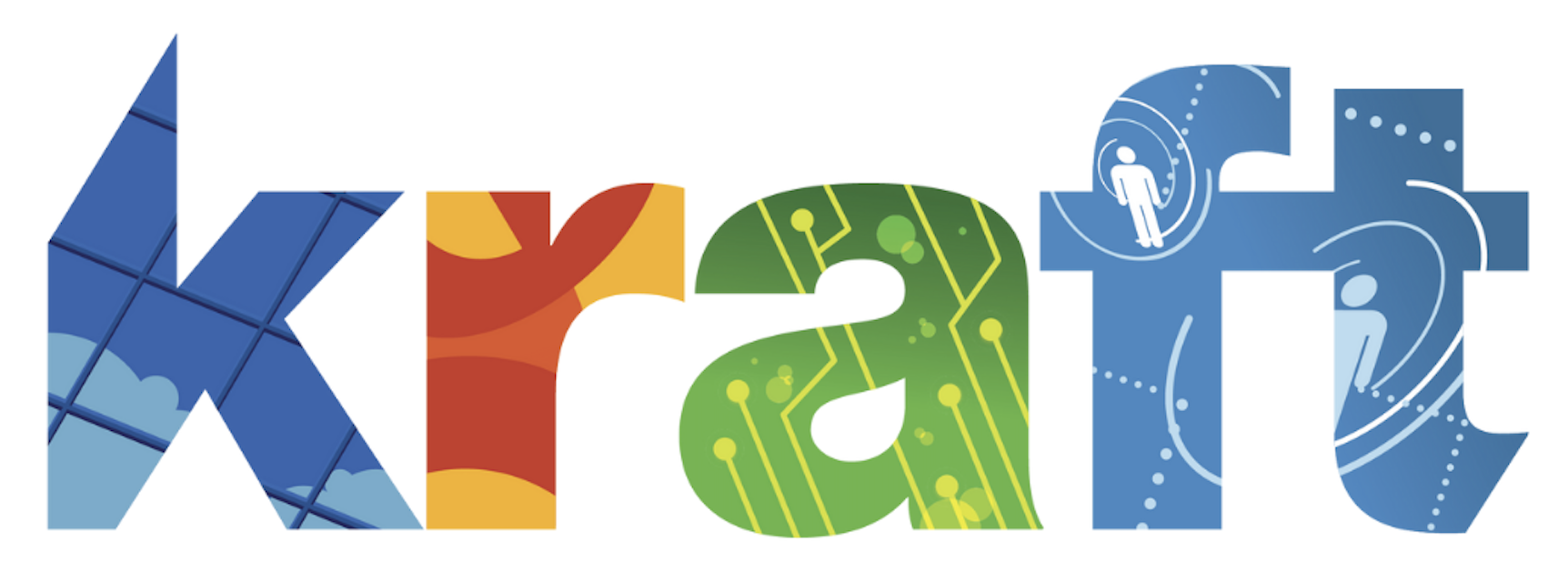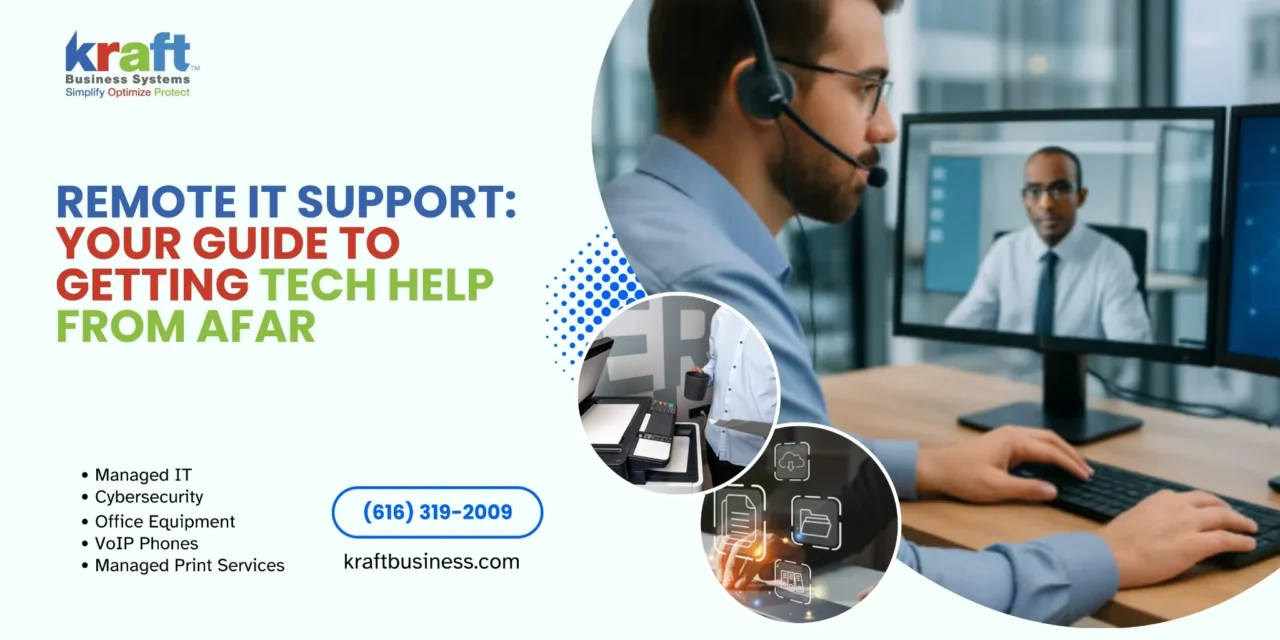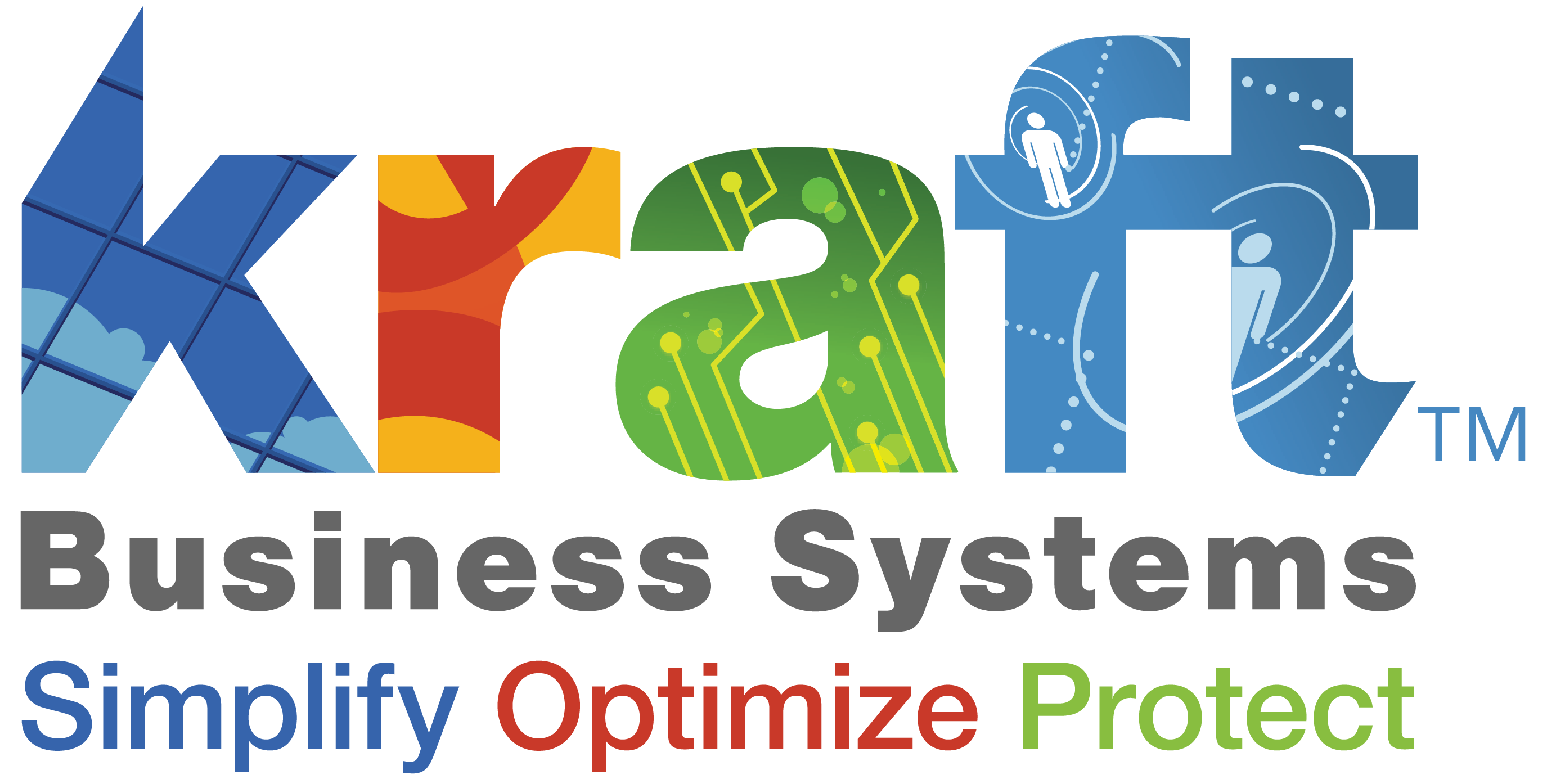Remote IT support services let technicians fix your computer problems without being physically present at your location. They connect to your devices through secure internet connections to troubleshoot issues, install software, and resolve technical problems in real-time.
Key Components of Remote IT Support:
- Screen sharing – Technicians view and control your computer remotely
- Secure connections – Military-grade encryption protects your data
- Multi-channel support – Help via phone, chat, email, or remote desktop
- Tiered support levels – L1 (basic), L2 (technical), L3 (advanced) specialists
- 24/7 availability – Round-the-clock assistance when you need it
More than 60% of businesses now outsource IT functions to managed service providers, according to Deloitte’s 2023 survey. Remote IT support can reduce issue resolution time by up to 30% compared to traditional on-site visits, while cutting support costs by 50% due to eliminated travel time.
The shift from “boots-on-the-ground” IT support to remote assistance mirrors the evolution from snail mail to email – it’s faster, more efficient, and available when you need it most. Companies report first response times within 40 seconds for 90% of support calls, making remote IT support essential for maintaining productivity in our connected world.
Whether you’re dealing with software glitches, network problems, or security updates, remote IT support provides instant access to expert technicians who can resolve most issues without stepping foot in your office.
Easy Remote IT support services glossary:
Understanding Remote IT Support Services: How It Works
Think of remote IT support services as having a tech expert magically appear on your computer screen whenever you need help. The whole process starts simply – you call, chat, or email for support, and within moments, a technician is virtually “sitting” at your desk, ready to solve your problem.
The magic happens through specialized software that creates a secure bridge between your device and the support technician. You’ll receive either a session invitation in your email or a unique code to type in. It’s like giving someone the key to your digital front door, but with military-grade security protecting everything inside.
Once connected, the technician can see exactly what you’re seeing on your screen. They can move your mouse, type on your keyboard, and steer through your programs just as if they were physically there. The entire session runs on TLS 1.2 encryption and AES 256-bit security – the same level of protection banks use for online transactions.
Unattended access takes things a step further. This feature lets technicians connect to your systems even when you’re grabbing coffee or attending a meeting. It’s perfect for those late-night updates or emergency fixes that can’t wait until morning. Don’t worry though – role-based permissions ensure each technician only sees what they need to fix your specific issue.
| Remote Support | On-Site Support |
|---|---|
| Instant connection | Travel time required |
| 40-second response time | Hours or days to schedule |
| 50% lower costs | Full technician rates + travel |
| Session recording available | Limited documentation |
| Multi-monitor support | Single workstation focus |
| 24/7 availability | Business hours only |
Remote IT Support Services vs Traditional On-Site Visits
Remember waiting half a day for the cable guy to show up? Traditional on-site IT support often feels the same way. Remote IT support services flip that frustrating experience on its head by eliminating travel time entirely. No more scheduling around someone else’s route or wondering if they’ll actually show up on time.
The speed difference is remarkable. While on-site visits might take hours or even days to arrange, remote support connects you with expert help in under a minute. This faster Mean Time To Resolution (MTTR) keeps your business running instead of grinding to a halt over a simple software glitch.
There’s also an unexpected environmental bonus. Every remote support session prevents a technician from driving across town, contributing to significant carbon savings. One remote session can eliminate dozens of miles of driving – a small but meaningful step toward sustainability that adds up across thousands of support calls.
Core Components & Workflow
Every remote support session follows a predictable dance that balances efficiency with security. The process starts with a session invitation – either a clickable link in your email or a simple code to enter on a website. Think of it as your ticket to the help desk.
Authentication comes next, where you’ll verify the technician’s identity and grant permission for the connection. This isn’t just a formality – it’s your security checkpoint ensuring only authorized helpers gain access to your system.
During live control, the real work begins. The technician steers your system, installs updates, adjusts settings, and troubleshoots problems with surgical precision. File transfer capabilities allow secure sharing of documents, drivers, or software when needed – no more emailing sensitive files back and forth.
Post-session reporting wraps everything up with a clear summary of what was accomplished. You’ll receive documentation of the work performed, creating a helpful record for future reference and ensuring nothing falls through the cracks.
Why Businesses & Individuals Rely on Remote IT Support
The way we work has fundamentally changed, and remote IT support services have evolved to meet these new challenges head-on. When your team is spread across Michigan – from Grand Rapids to Detroit, or working from home offices – you need support that can reach everyone instantly, regardless of location.
The real game-changer? Cost savings that make enterprise-level IT expertise accessible to businesses of all sizes. Small and medium companies no longer need massive internal IT departments to get world-class support. Instead of hiring multiple full-time technicians, you get access to entire teams of specialists who can handle everything from password resets to complex network configurations.
Healthcare practices, schools, legal firms, and retail businesses have finded that remote IT support services solve their unique technology challenges more effectively than traditional approaches. A medical office can get HIPAA-compliant support without worrying about on-site visits disrupting patient care. Schools can resolve classroom technology issues without pulling IT staff away from other critical tasks.
The 24/7 coverage aspect cannot be overstated. Technology problems don’t wait for business hours, and neither should your support. When your server goes down at 2 AM, remote support teams are ready to jump in immediately – often achieving that impressive 40-second first response time that keeps your business running smoothly.
Proactive monitoring takes this even further. Many issues get resolved before you even notice them. Your systems stay healthy, your employees stay productive, and those panic-inducing emergency calls become rare exceptions rather than regular occurrences.
For businesses looking to optimize their technology support, our IT Support for Small Business solutions provide comprehensive coverage custom to smaller organizations. Educational institutions can explore our specialized IT Support for Education: Top Game-Changing Solutions designed specifically for academic environments.
Key Benefits of Remote IT Support Services
Downtime reduction stands out as the most critical advantage of remote IT support services. Every minute your systems are down costs money and frustrates employees. Remote support eliminates the waiting game entirely – no scheduling visits, no travel time, just immediate expert assistance when problems arise.
The productivity boost follows naturally from faster problem resolution. When Sarah in accounting can’t access her spreadsheets, she doesn’t spend the morning waiting for help. Remote technicians connect instantly, fix the issue, and get her back to work within minutes rather than hours.
Global talent access means you’re not limited to local expertise. Need a specialist in a particular software platform? Remote support connects you with the exact expert you need, regardless of whether they’re in Michigan or across the country. This access to diverse skills and knowledge bases ensures you get the best possible solution for every problem.
Scalability adapts to your business growth seamlessly. Whether you’re expanding from Traverse City to new markets or doubling your workforce, remote support grows with you. No need to hire additional local staff or invest in new infrastructure – the support capacity scales automatically to match your needs.
Real-World Success Metrics
The performance improvements speak volumes about why businesses are making the switch. Organizations using remote IT support services consistently report 30% faster issue resolution compared to traditional on-site support. This improvement comes from immediate technician access and the ability to work on multiple problems simultaneously without travel constraints.
Cost savings average 50% lower than traditional support models, primarily because travel expenses disappear and technician time gets used more efficiently. Instead of spending hours driving between locations, technicians focus entirely on solving problems.
Customer satisfaction scores remain consistently high across industries. Users appreciate the quick response times and professional service delivery. The frustration of waiting for help evaporates when expert assistance arrives within seconds of making the call.
These metrics represent real improvements in how businesses operate daily. Technology becomes an enabler rather than a roadblock, and employees can focus on their core responsibilities instead of wrestling with technical problems.
What Can Be Fixed Remotely: Issues, Channels & Support Tiers
The scope of what remote IT support services can handle might surprise you. Gone are the days when technicians needed to be physically present for most computer problems. Software glitches that once required on-site visits now get resolved with a few clicks from a remote technician. Operating system errors, those frustrating network connectivity hiccups, and stubborn cloud application problems all fall within the field of remote fixes.
Mobile device support has evolved tremendously too. Whether you’re dealing with an iPhone that won’t sync emails or an Android tablet that’s running slowly, remote technicians can guide you through solutions or even take control of your device to fix issues directly. This cross-platform support means your entire technology ecosystem gets consistent, expert care.
The beauty of modern remote support lies in its flexibility. You might start with a quick phone call where a technician talks you through a simple fix. If that doesn’t work, you can switch to a chat session for real-time text-based troubleshooting. For non-urgent issues, email support provides detailed written solutions you can reference later. When problems require hands-on attention, remote desktop connections let technicians work directly on your system as if they were sitting right beside you.
This multi-channel approach ensures you get help through whatever method works best for your situation and communication style. Some people prefer talking through problems, while others like written instructions they can follow at their own pace.
For comprehensive coverage of these services, explore our Remote Help Desk Support solutions.
Levels of Remote IT Support (L1, L2, L3)
Think of remote IT support levels like a hospital’s triage system – each level handles different types of problems based on complexity and expertise required.
Level 1 support acts as your first line of defense. These technicians are the friendly voices who help with password resets when you’ve forgotten your login for the third time this month, guide you through software installations, and handle those everyday tech hiccups that disrupt your workflow. They resolve about 70-80% of all support requests, which means most problems get fixed quickly without escalation.
When Level 1 technicians encounter something more complex, Level 2 support steps in. These specialists dive deeper into system configuration issues, untangle network problems that affect multiple users, and tackle advanced software troubleshooting that requires more technical knowledge. They’re the problem-solvers who can spend time investigating why your email keeps crashing or why certain applications won’t connect to your company’s database.
Level 3 support represents the elite tier of technical expertise. These experts handle the really challenging stuff – security incidents that threaten your data, complex integration problems between different software systems, and advanced system issues that stump everyone else. They often work directly with software vendors and can perform code-level debugging when applications behave in unexpected ways.
Channels & Tools That Power Remote IT Support Services
Modern remote support platforms pack impressive capabilities into user-friendly interfaces. Screen sharing technology now delivers up to 60 frames per second, creating smooth, responsive remote control that feels natural. Multi-monitor support means technicians can work with your complex desktop setup without missing important details spread across multiple screens.
Session recording provides valuable documentation – you get a record of exactly what was done to fix your problem, which helps with future troubleshooting and creates accountability. File transfer capabilities let technicians securely send you updated software or retrieve diagnostic files without complicated email attachments.
Privacy mode protects sensitive information during support sessions. When you need to enter passwords or view confidential documents, technicians can temporarily blank their view while maintaining the connection. Unattended access enables after-hours maintenance and emergency fixes when you’re not available to grant session permissions.
Group policy management helps organizations maintain consistent security settings across all devices, while mobile device support ensures smartphones and tablets get the same expert attention as desktop computers. Chat and voice communication tools keep you informed throughout the troubleshooting process, so you understand what’s happening and why.
These features work together seamlessly, creating a support experience that often exceeds what’s possible with traditional in-person visits. Remote technicians can document their work, collaborate with colleagues, and access specialized tools that might not be available during on-site visits.
Choosing Secure, Compliant & Scalable Remote IT Solutions
When your business handles sensitive information, security isn’t optional – it’s essential. Remote IT support services must meet strict compliance standards that vary by industry. Healthcare organizations need HIPAA compliance to protect patient data, while businesses processing credit cards require PCI DSS certification. Companies operating in Europe must steer GDPR requirements for data protection.
The good news is that modern remote support solutions are built with these requirements in mind. Multi-factor authentication (MFA) adds a crucial security layer that goes beyond simple passwords. Think of it as having both a key and a security code for your front door – even if someone gets one, they still can’t get in.
Audit trails create detailed records of every support session, documenting who accessed what systems and exactly what changes were made. This documentation proves invaluable during compliance audits and helps maintain accountability across your organization.
Group policies simplify security management by allowing centralized control over remote support permissions and settings. Instead of managing security settings individually for each user, you can establish consistent standards across your entire organization from one central location.
Pricing models typically fall into two categories: per-seat licensing for predictable monthly costs or flat-rate pricing for unlimited usage. Cloud elasticity means your support infrastructure can scale up or down based on your actual needs, ensuring you’re not paying for unused capacity.
Our Managed IT Support solutions integrate these security and compliance requirements from day one, so you don’t have to worry about retrofitting security measures later.
Evaluating Providers & SLAs
Choosing the right remote support provider requires looking beyond flashy marketing materials to examine real credentials and performance metrics. ISO 27001 certification demonstrates a provider’s commitment to information security management through rigorous third-party validation. This certification isn’t easy to obtain or maintain, so it’s a reliable indicator of serious security practices.
Response time guarantees should align with your business reality. Critical systems that generate revenue might need immediate response, while non-essential applications can tolerate longer response windows. Make sure the provider’s SLA commitments match your actual business needs rather than accepting generic service levels.
Customer surveys and references provide insights that marketing materials simply can’t match. Ask potential providers for references from businesses similar to yours, and don’t hesitate to contact these references directly. Real users will give you honest feedback about response times, problem resolution effectiveness, and overall satisfaction.
Roadmap alignment ensures your chosen provider will grow with your business. Technology evolves rapidly, and you want a partner whose development plans complement your business strategy rather than leaving you behind.
Service Level Agreements should clearly define response times, resolution targets, and escalation procedures. These agreements protect your organization by establishing clear expectations and providing recourse when service levels aren’t met.
Remote IT Support Services & Compliance Checklists
Compliance requirements can seem overwhelming, but breaking them down into manageable components makes the process much more straightforward. Data encryption during transmission and at rest forms the foundation of most compliance frameworks. This means your information stays protected both while traveling over the internet and when stored on servers.
Data residency requirements may dictate where your support sessions and related data are processed and stored. Some organizations need data to remain within specific geographic boundaries, while others have more flexibility in data location.
Regular vulnerability scans ensure that remote support tools don’t introduce new security risks to your environment. These scans identify potential weaknesses before they become actual problems. Penetration testing takes this a step further by validating that security controls work effectively under simulated attack conditions.
Compliance essentials include end-to-end encryption for all sessions, multi-factor authentication requirements, comprehensive audit logging with appropriate retention policies, data residency compliance where required, regular security assessments, well-defined incident response procedures, and robust access control with granular permissions management.
The key is working with providers who understand that compliance isn’t a checkbox exercise – it’s an ongoing commitment to protecting your business and your customers’ information.
Implementation Guide, Pricing & FAQs
Getting started with remote IT support services doesn’t have to be overwhelming. The smartest approach is starting small with a pilot rollout to a select group of users. This lets you work out any kinks and fine-tune your processes before rolling it out company-wide.
Think of it like test-driving a car before buying it – you want to make sure everything runs smoothly before making the full commitment.
User training plays a huge role in success. Your team needs to understand how to request support and what to expect when a technician connects remotely. Most people are pleasantly surprised by how seamless the process is once they experience it firsthand.
Tracking your Key Performance Indicators (KPIs) helps measure success and spot areas for improvement. Keep an eye on metrics like first-call resolution rates, average resolution time, and user satisfaction scores. These numbers tell the real story of how well your remote support is working.
Net Promoter Score (NPS) surveys give you valuable insights into user sentiment. When employees are happy with their IT support experience, they’re more likely to accept the technology and recommend it to colleagues.
Growth planning ensures your solution grows with you. Whether you’re expanding operations or adding remote workers across Michigan, your remote IT support services should scale effortlessly to meet your changing needs.
For a comprehensive approach to IT strategy, explore our Managed IT Services solutions that integrate remote support with broader technology management.
Best Practices to Launch Remote IT Support Services
Change management makes or breaks your remote support rollout. Some employees who are used to having a technician show up at their desk might feel hesitant about remote assistance at first. Clear communication about the benefits and security measures helps build confidence in this new approach.
The key is showing, not just telling. Once people see how quickly their problems get solved without waiting for someone to drive across town, they become believers.
Self-service portals empower your team to handle simple issues on their own while providing easy access to remote support when they need expert help. These portals reduce the volume of basic support requests while giving users immediate access to information and solutions.
Creating effective feedback loops ensures continuous improvement. Regular surveys, session reviews, and casual conversations with users help identify what’s working well and what could be better. This ongoing dialogue keeps your remote support service aligned with your team’s actual needs.
Frequently Asked Questions about Remote IT Support
How should I prepare for a remote support session?
Make sure you have a stable internet connection and close any sensitive applications or documents you don’t want the technician to see. Create a quick list of the specific problems you’re experiencing, including any error messages that popped up. When the technician asks for permission to access your system, be ready to click “allow” – this is completely normal and expected.
Can remote support help with mobile devices?
Absolutely! Modern remote IT support services work great with both iPhones and Android devices. While technicians can’t take direct control of your phone like they can with your computer, they can guide you through troubleshooting steps, help configure settings, and solve most common mobile device problems.
What security measures protect my data during remote sessions?
Professional remote support uses military-grade encryption (AES 256-bit) to protect everything that passes between your device and the technician’s system. Sessions require multi-factor authentication, and many platforms offer privacy modes that hide sensitive information on your screen during support sessions. Your data stays secure throughout the entire process.
How to Prepare for Your First Session
Before your first remote support session, check that your internet connection is stable enough to support screen sharing. While slower connections can work, they might make the session feel sluggish, which can be frustrating for both you and the technician.
Jot down the specific issues you’re experiencing, including any weird error messages or unusual behaviors you’ve noticed. This preparation helps the technician understand your problem quickly and work more efficiently to solve it.
Be ready to grant system permissions when the technician requests them. Modern computers and phones have built-in security features that require your approval before anyone can access them remotely. This is a good thing – it means your system is protecting you!
Consider backing up any important files before the session, especially if you’re dealing with system crashes or potential data loss scenarios. While remote support is generally very safe, it’s always smart to protect your important documents and photos.
How Remote IT Support Works: Instant, Secure Expert Access
Conclusion
Remote IT support services have fundamentally changed how businesses handle their technology needs. What used to require scheduling visits, waiting for technicians, and paying travel costs can now happen instantly with just a phone call or chat message.
The numbers tell the story clearly – 30% faster problem resolution, 50% lower support costs, and 90% user satisfaction rates aren’t just statistics. They represent real improvements in how your team experiences technology support and how your business operates day-to-day.
We’ve watched this change happen across Michigan businesses, from small startups in Grand Rapids to established companies in Detroit. The shift from “someone needs to come look at this” to “let me connect remotely and fix that right now” has been remarkable to witness.
The environmental benefits matter too. Every remote support session prevents unnecessary driving, reducing carbon emissions while getting you faster help. It’s a win-win situation that aligns technology efficiency with environmental responsibility.
Whether you’re managing a growing team in Ann Arbor, supporting remote workers across the state, or maintaining complex systems in Sterling Heights, remote support scales with your needs. The technology works just as well for a five-person office as it does for enterprise operations with hundreds of users.
Security concerns that once made businesses hesitant about remote support have been thoroughly addressed. Military-grade encryption, multi-factor authentication, and comprehensive audit trails make remote sessions more secure than many traditional support methods.
At Kraft Business Systems, we’ve built our remote support services around the real needs of Michigan businesses. Our team understands that when your technology isn’t working, you need help immediately – not tomorrow, not next week, but right now.
The future of IT support is here, and it’s remote. The question isn’t whether your organization should adopt remote support, but how quickly you can start benefiting from faster resolutions, lower costs, and happier users.
Ready to transform how your team gets technology help? Contact Us to find how our remote IT support services can eliminate the frustration of waiting for on-site visits while keeping your systems running smoothly and securely.











